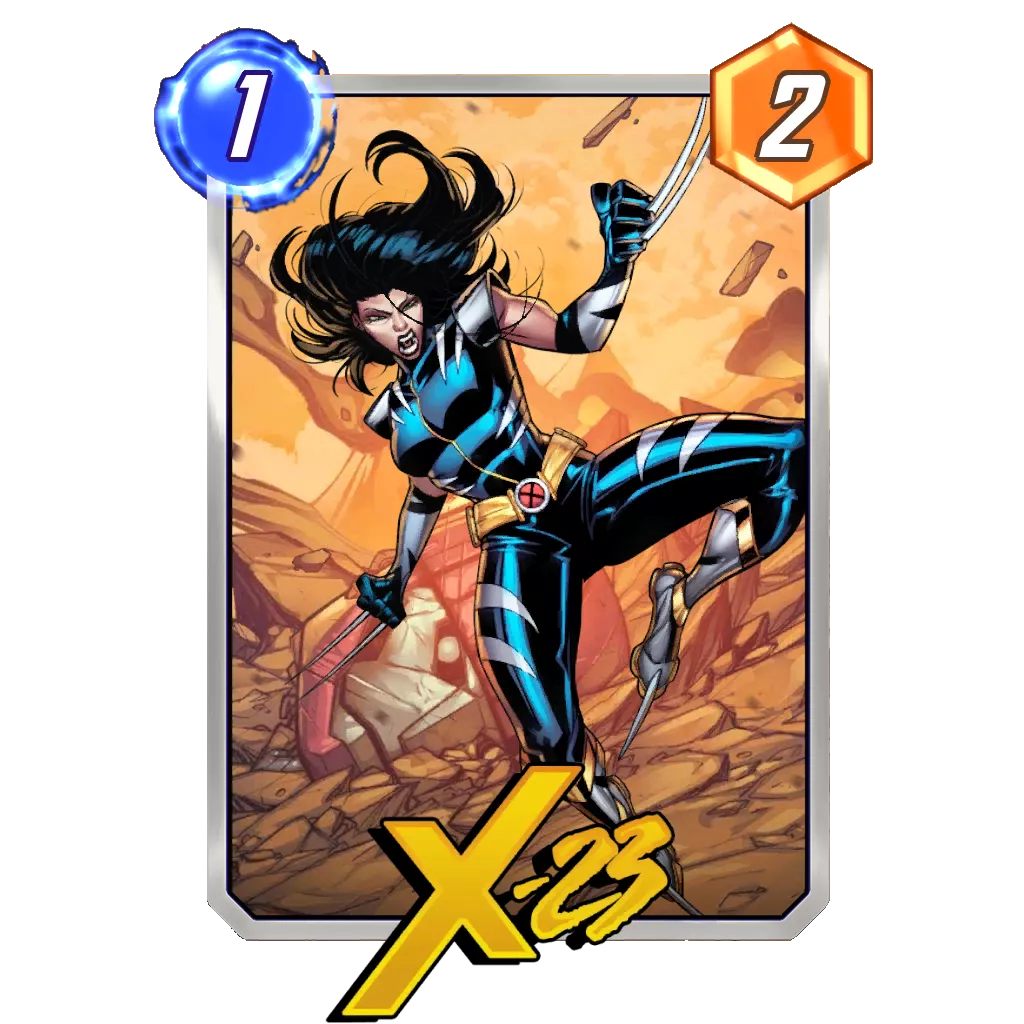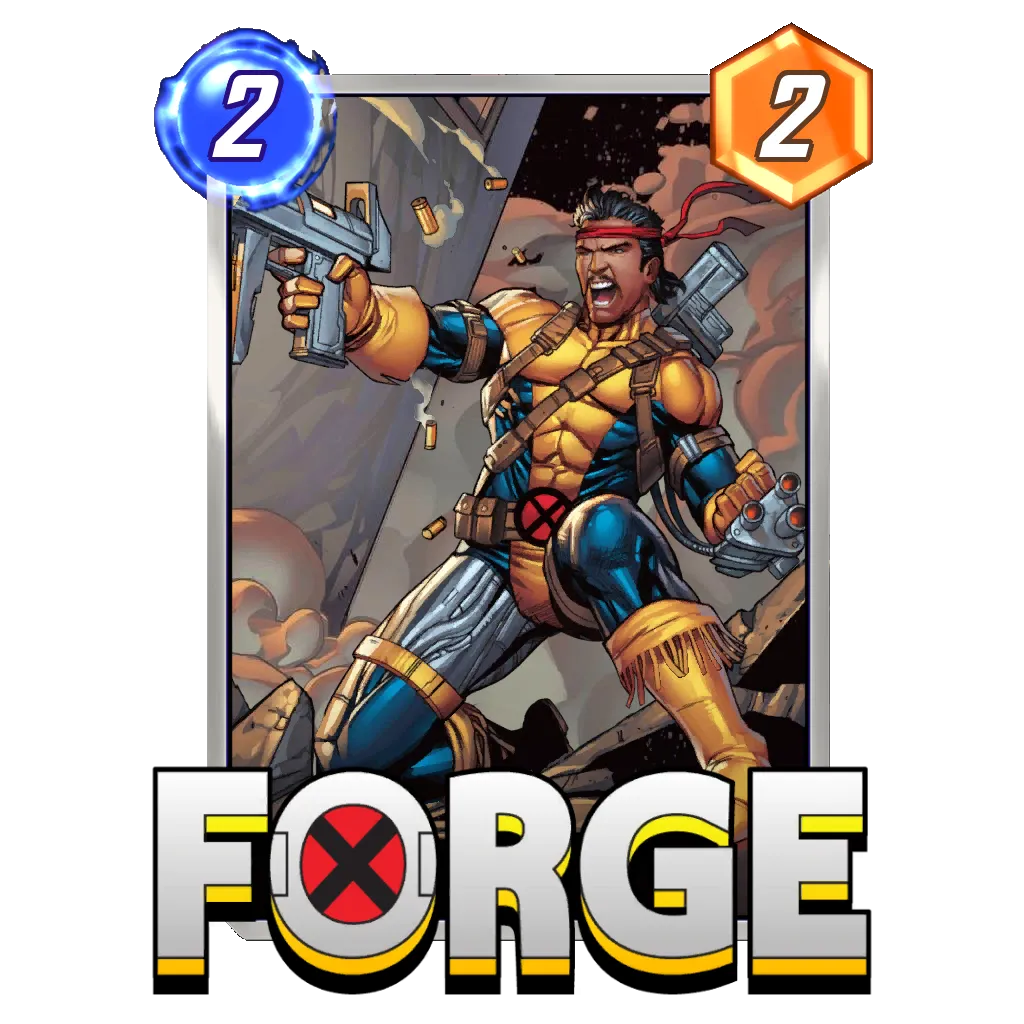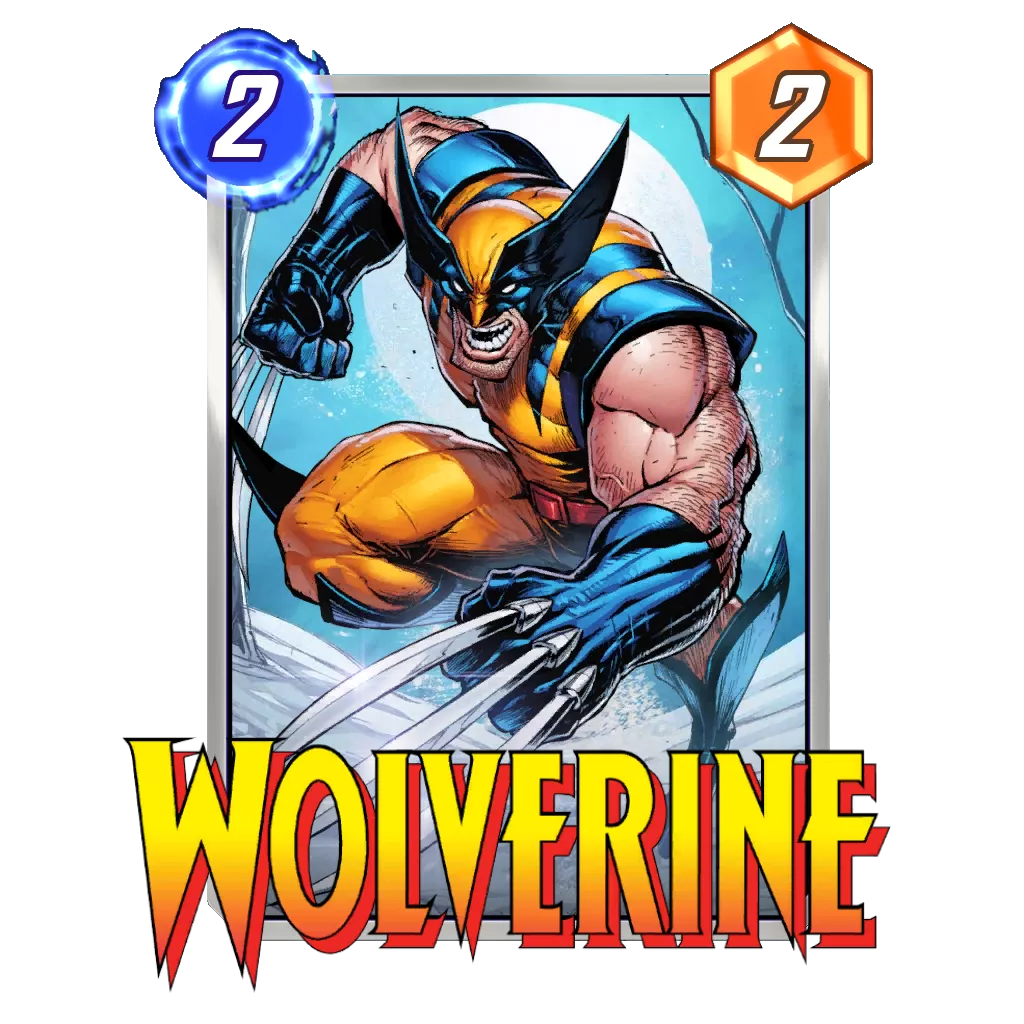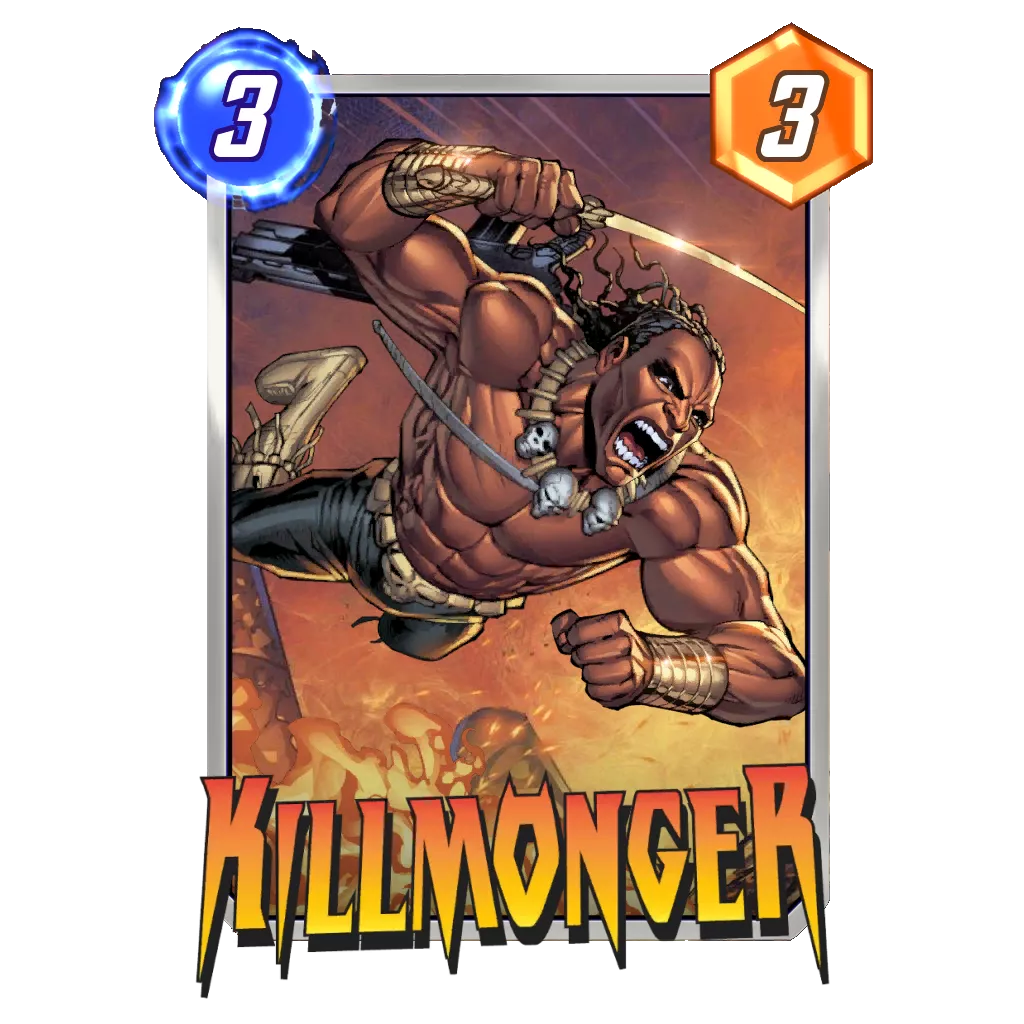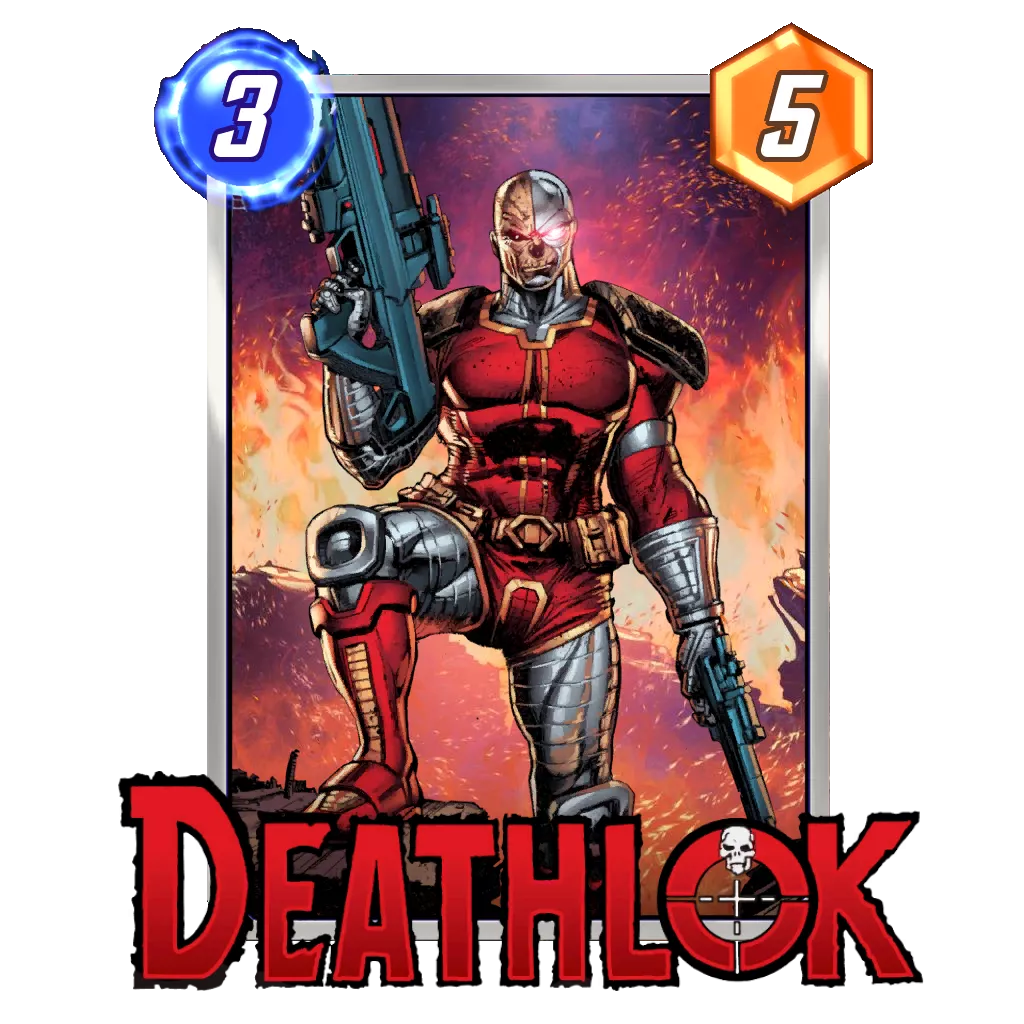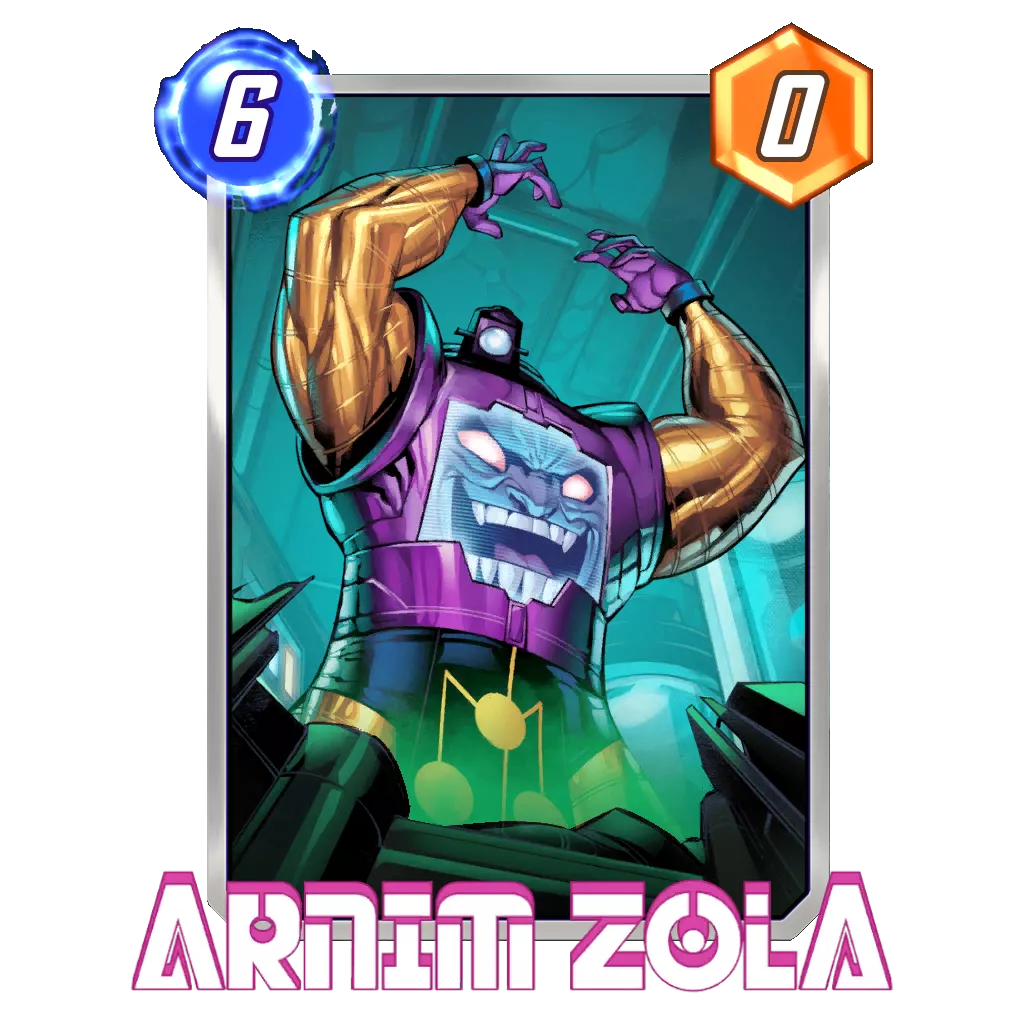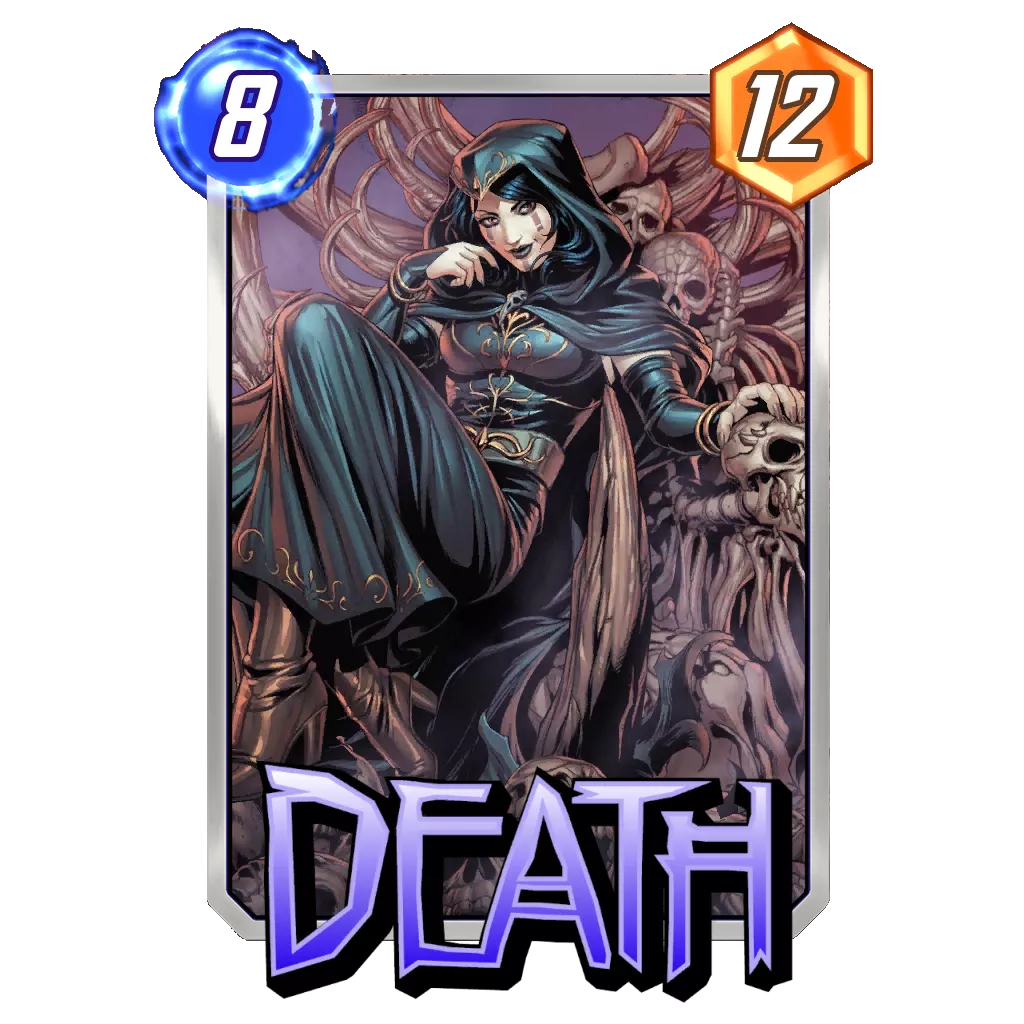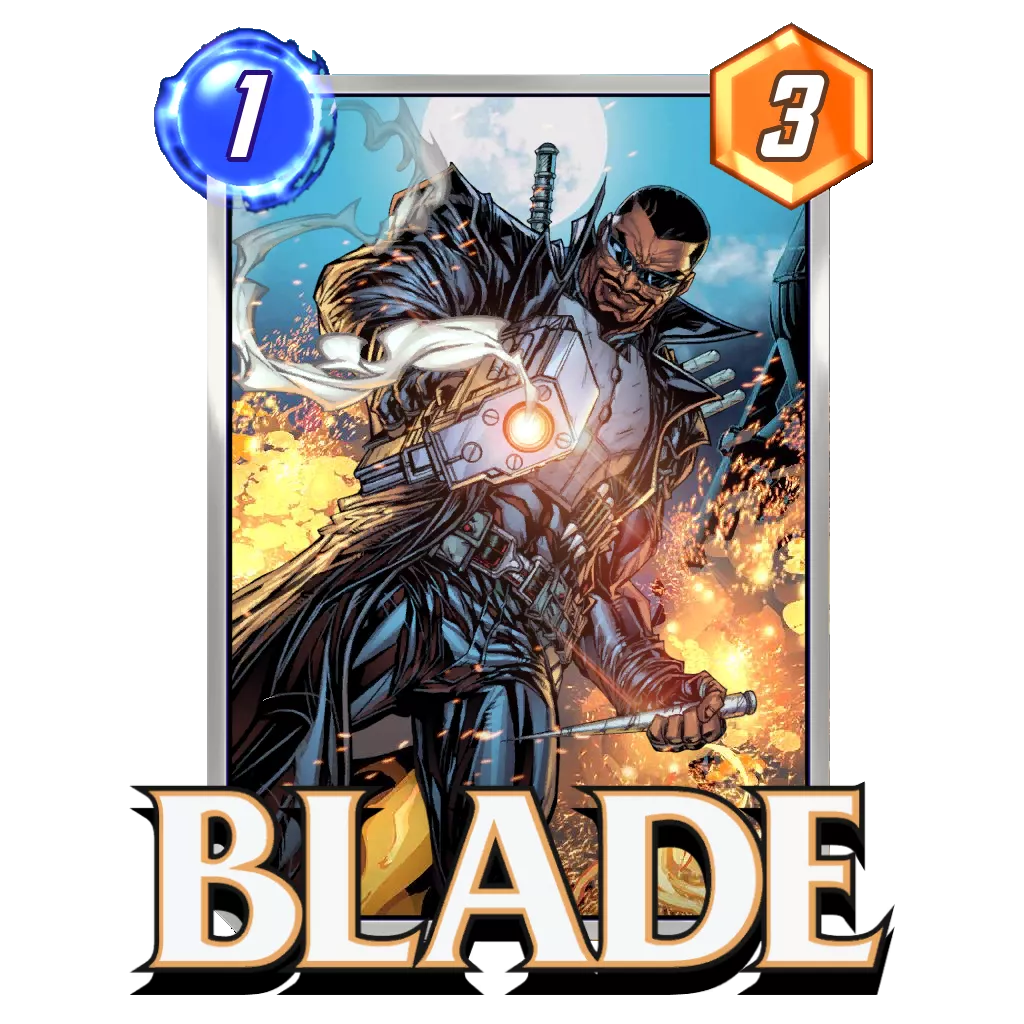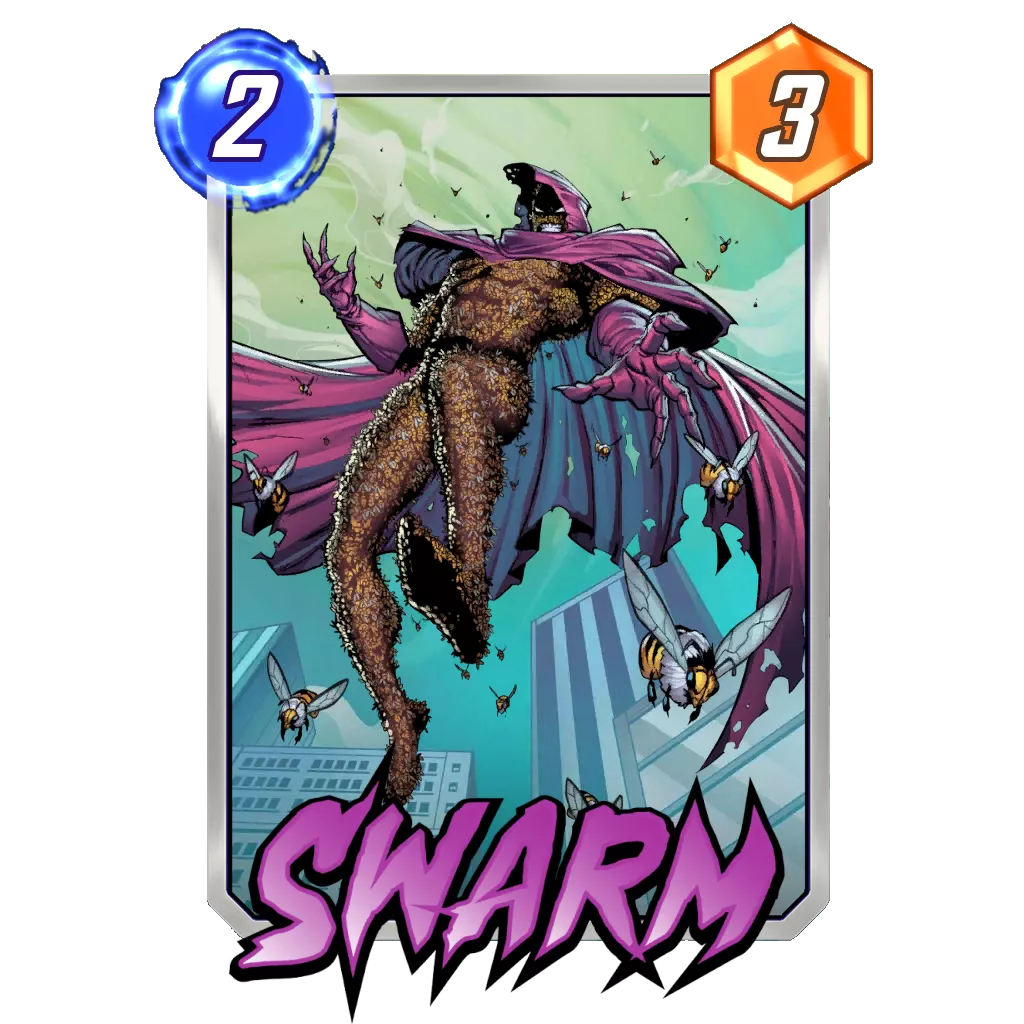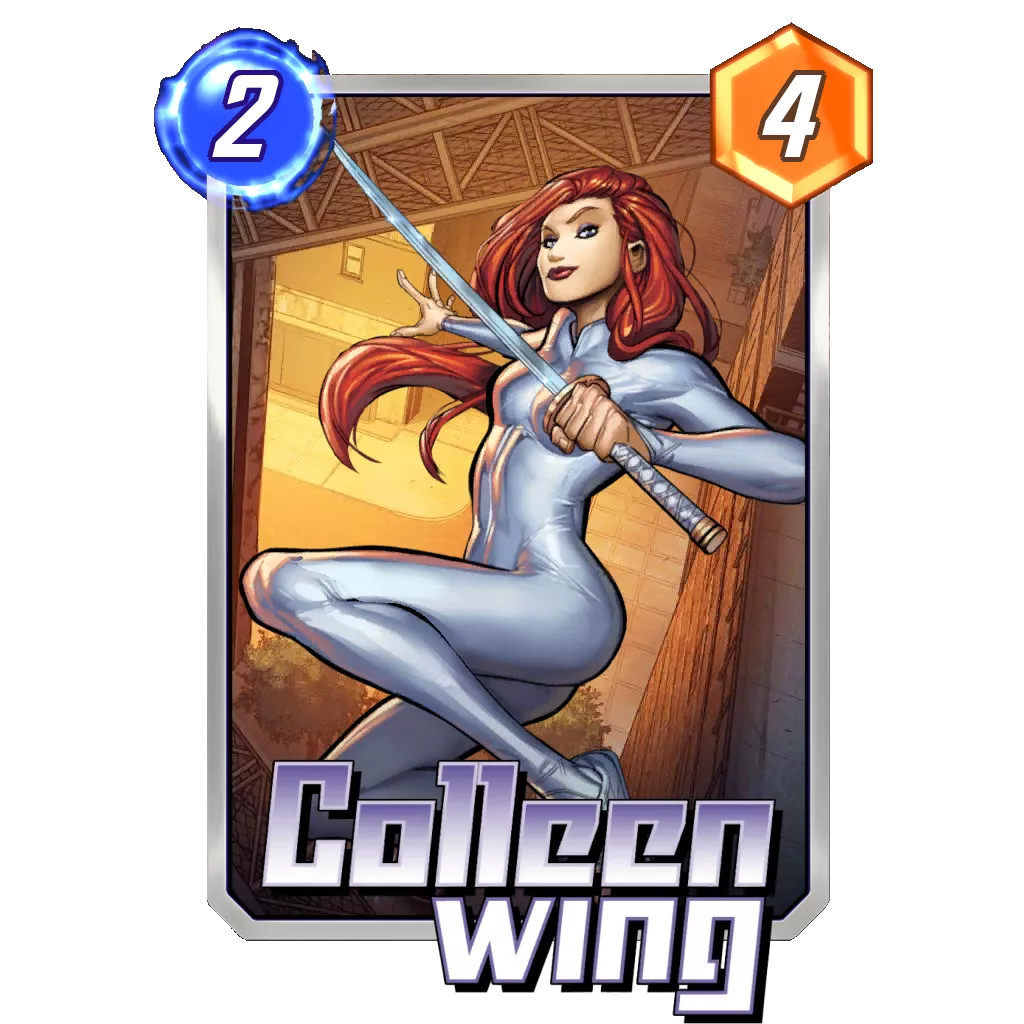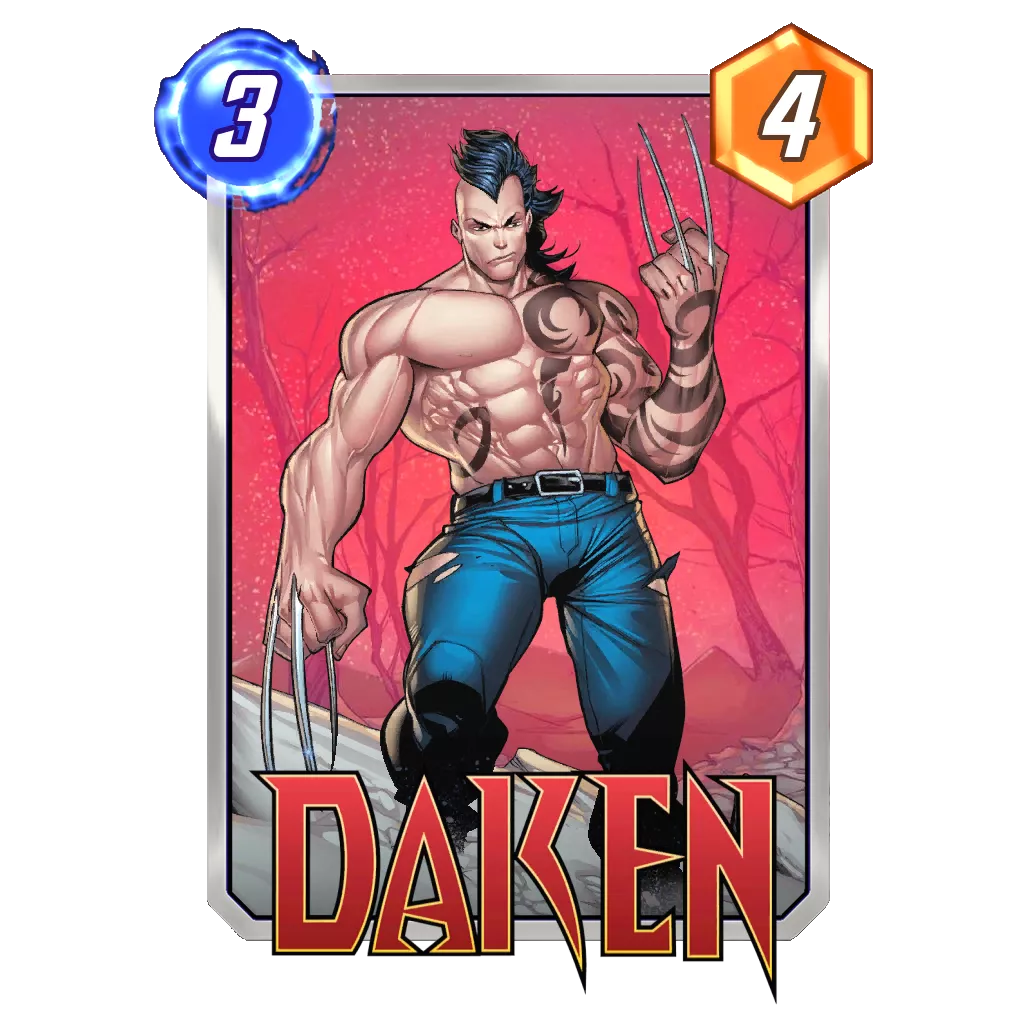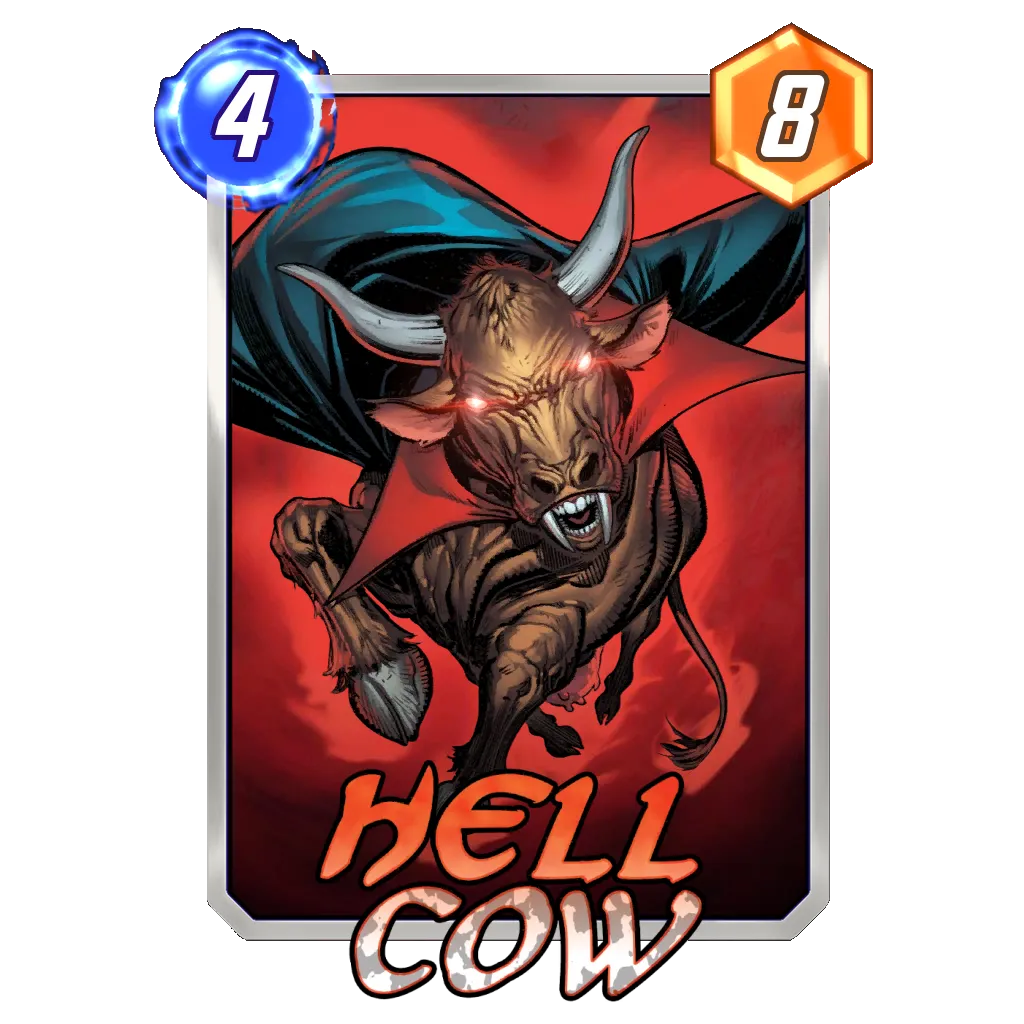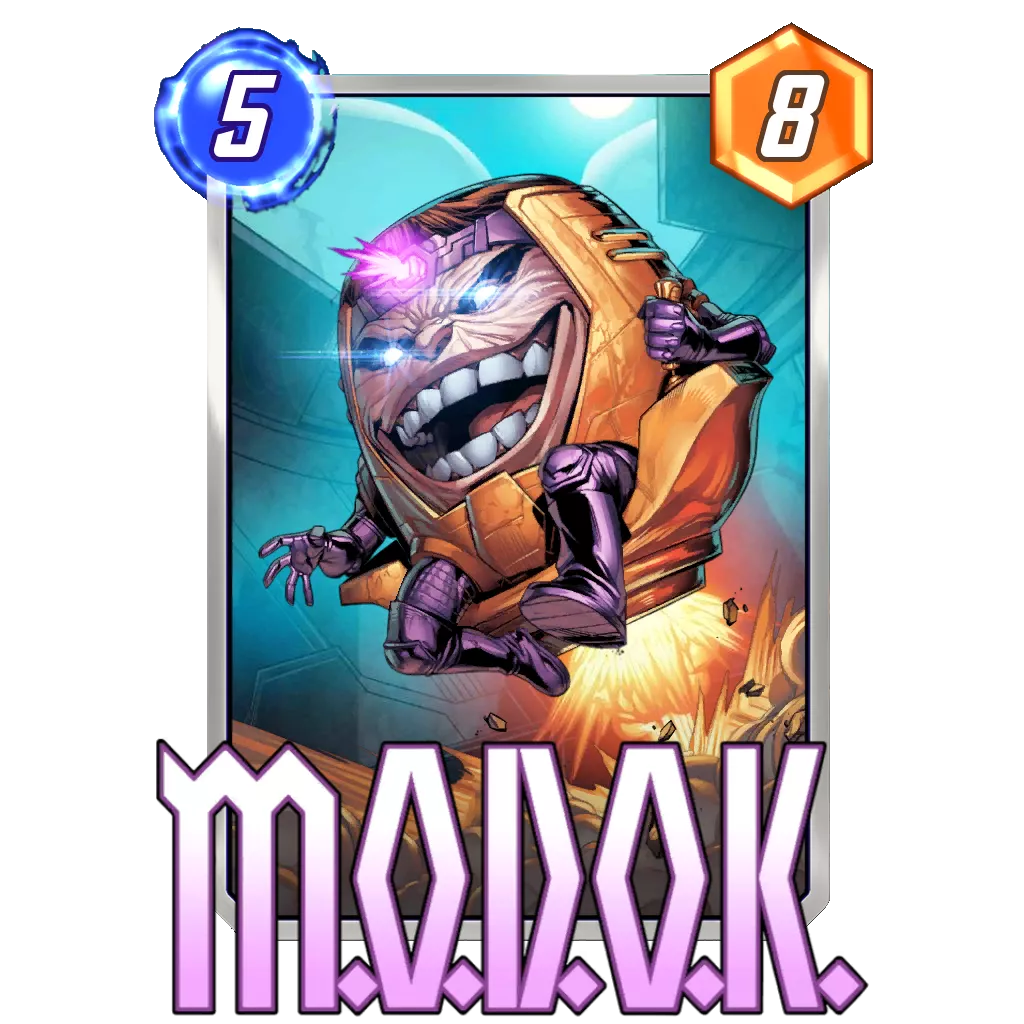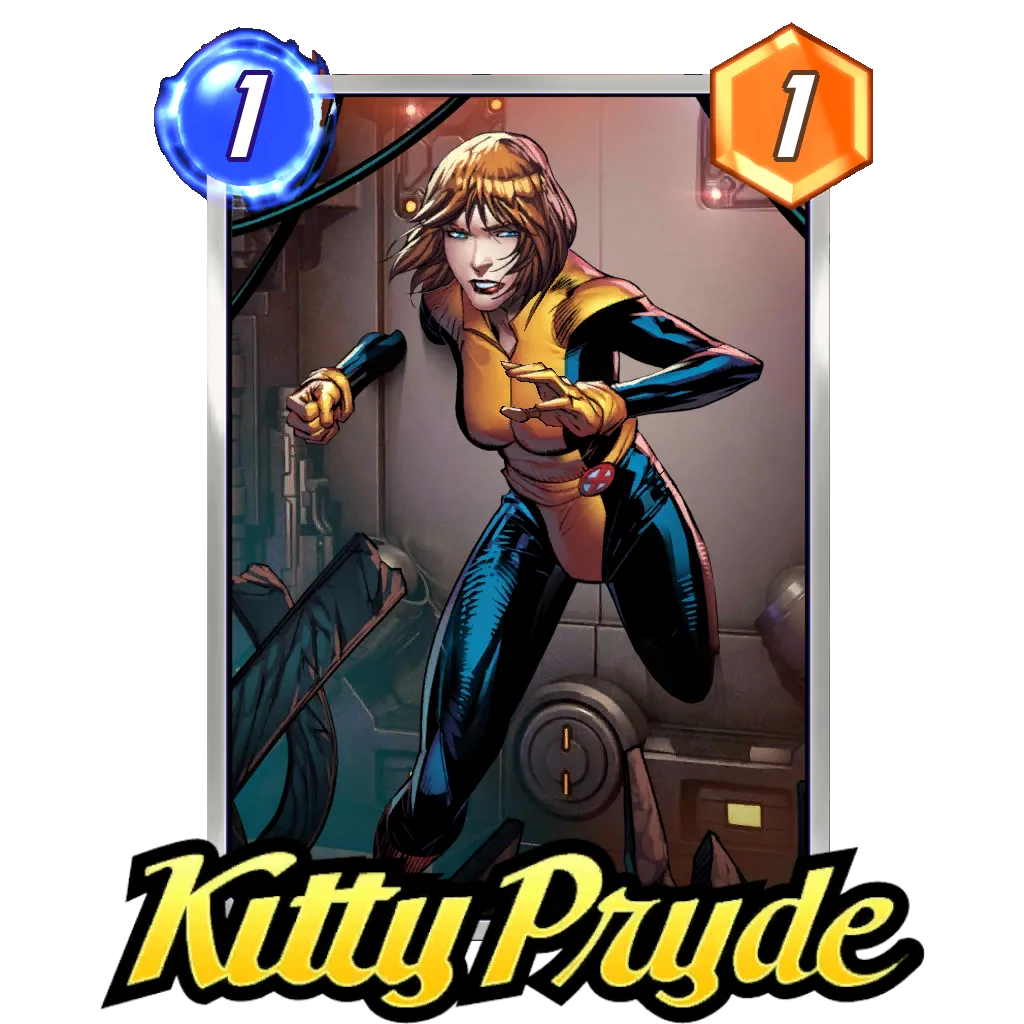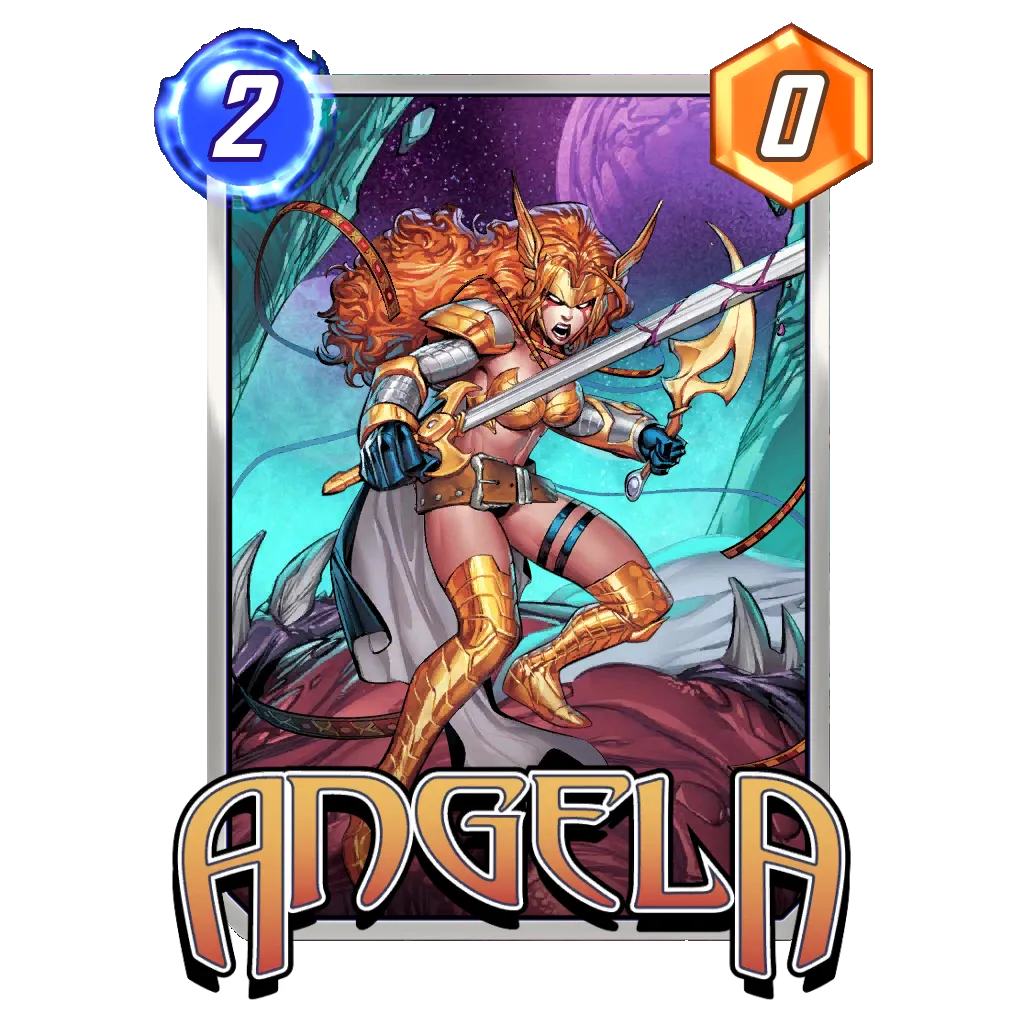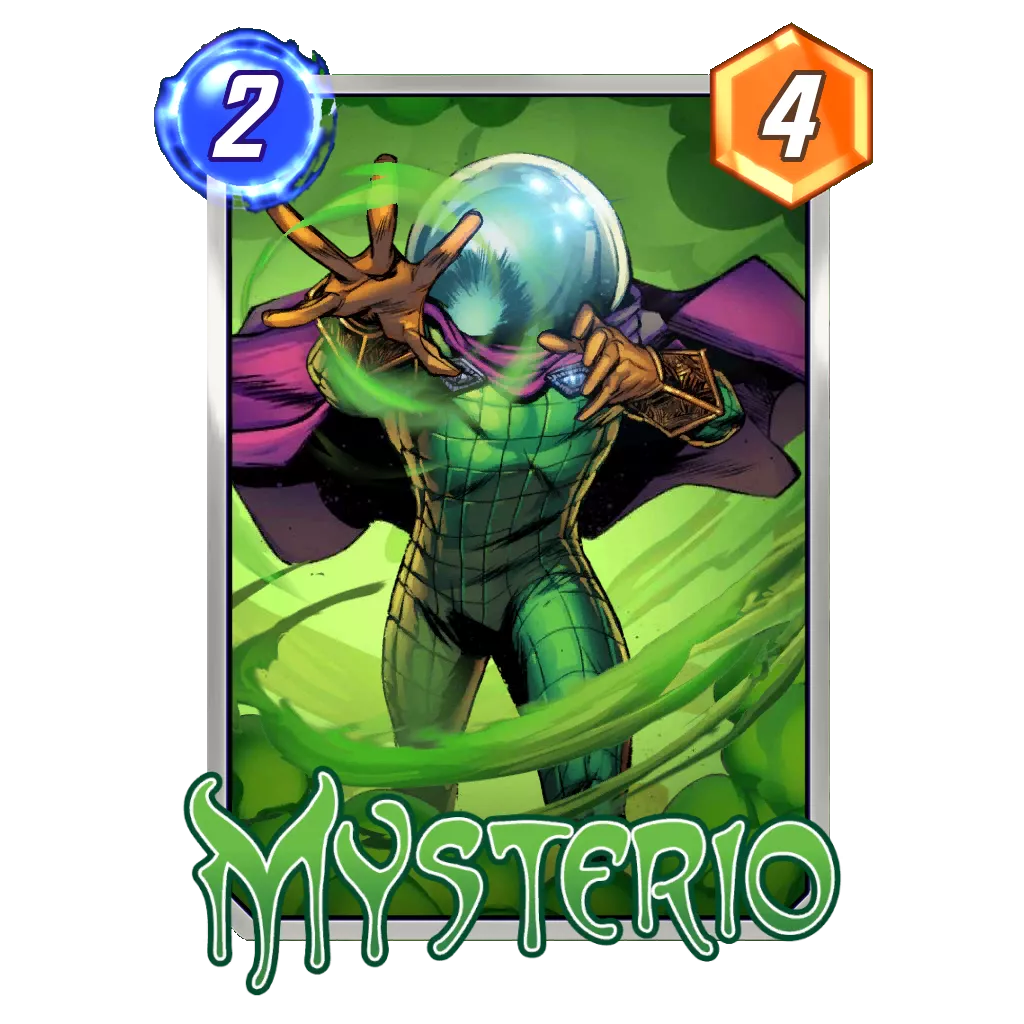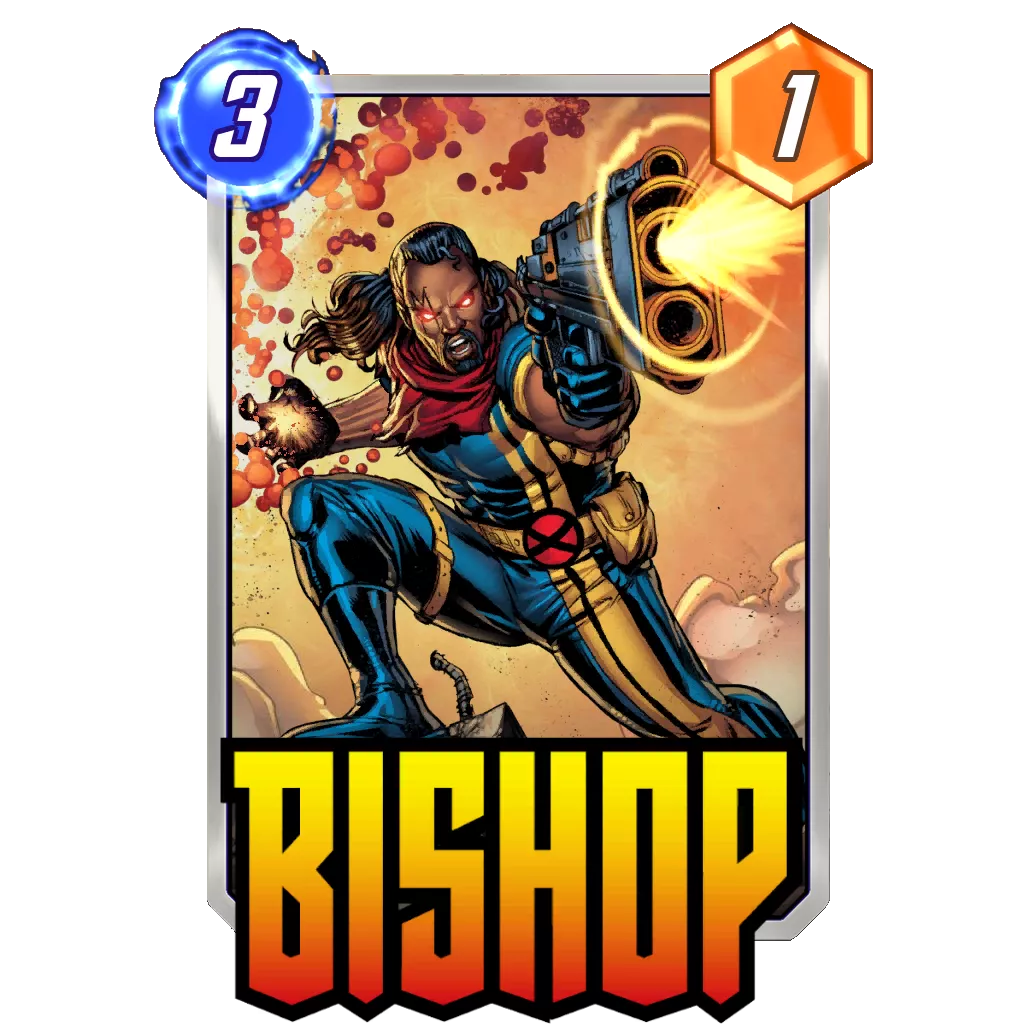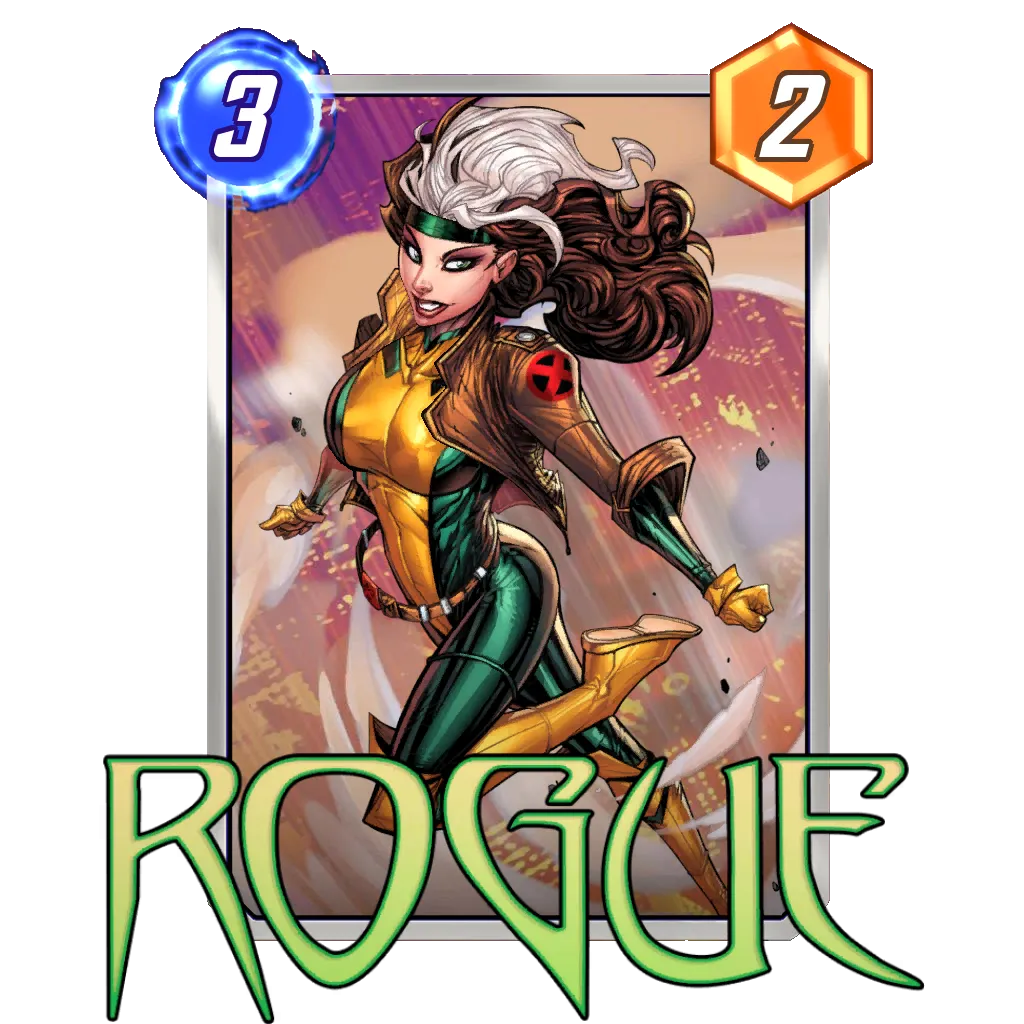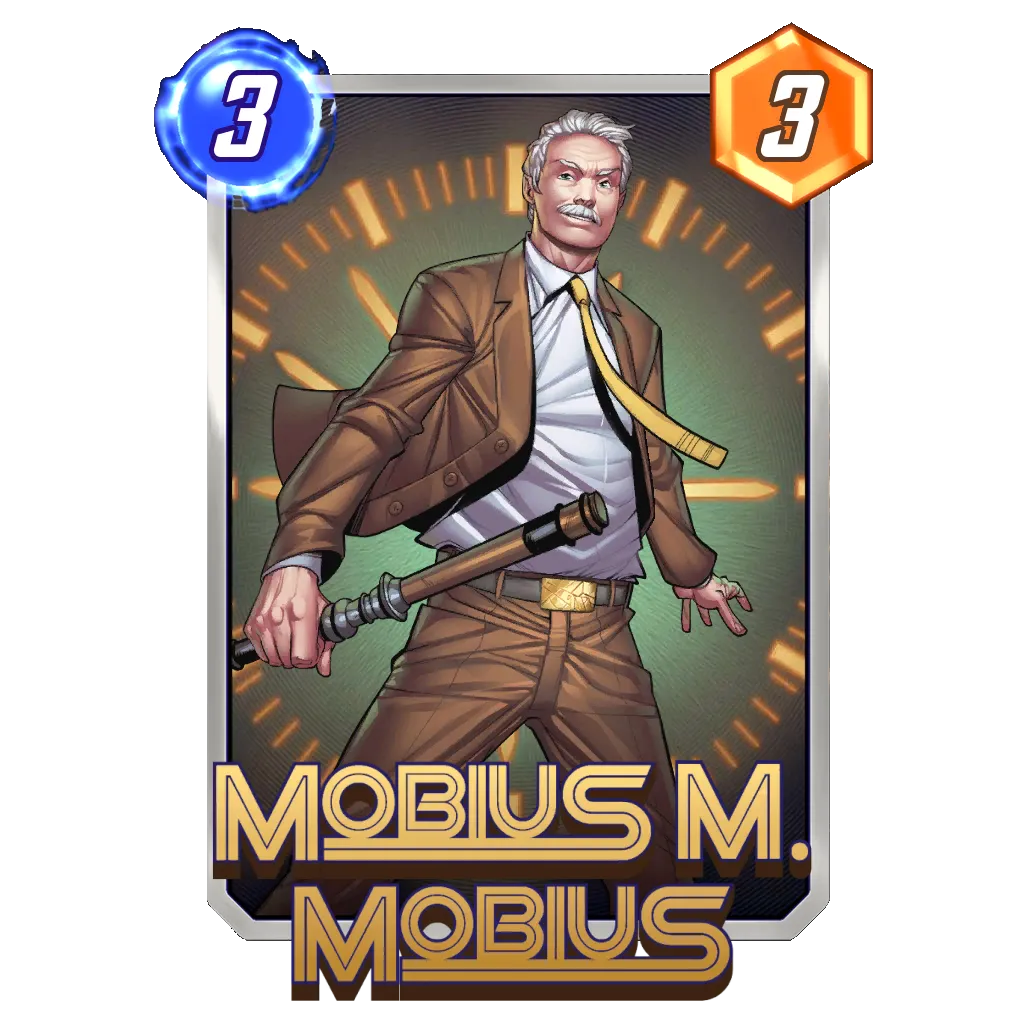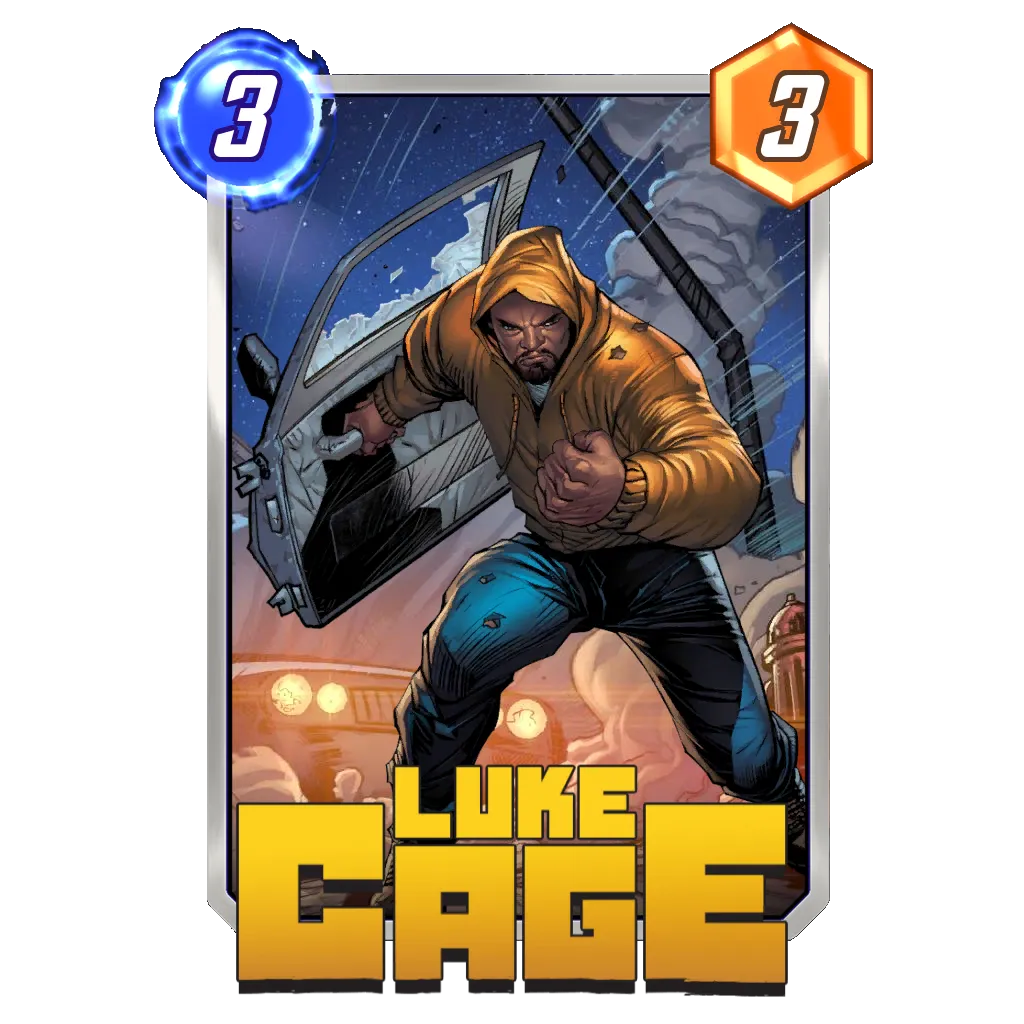Table of Contents
I’ve been a lifelong player of card games, starting with my Pokémon card collection at age four. I’ve played Magic: the Gathering and Flesh and Blood TCG competitively and achieved great results. In any card game that I’ve ever played, one thing that has constantly helped me improve as a player is learning how to build great decks by myself—it’s a skill I recommend to anyone looking to take their game to the next level.
Introduction
When I started my deep dive into Magic: The Gathering in 2011, one of the first things I purchased was the Deck Builder’s Toolkit—a fantastic product for cash-strapped teenagers like myself who wanted to get started and experiment with different card synergies, styles of play, and strategies. It included everything needed to piece together a few different decks, all for around $20 at the time.
It’s fun to jam a bunch of cards in a deck and experiment by playing it and seeing what happens. It’s a quick way to test and validate ideas, search for new combos and synergies, and iterate on new versions of lists constantly striving for improvements and to streamline something new. There’s great value to be gained as a player by first learning how to put together a deck and understand the mechanics of how it functions as a cohesive whole.
As a digital card game, Marvel Snap isn’t all that different from the MTG Deck Builder’s Toolkit. As you start your journey as a new player, you acquire more and more cards—components of would-be decks just waiting to be explored. Our collection tab serves as an ever growing deck builder’s toolkit, giving us the tools to adapt with, or even build against the meta. Frequent play awards the opportunity to open more Spotlight Caches and expand our collection with new and novel play pieces. Over time, new strategies open up and old strategies evolve in new and exciting ways.
In this article, I’ll explore some of the roles that various cards play in our collections and how they can be explored when creating new and interesting decks. Of course, you will have overlap in many different categories. It’s okay that a card may fit into more than one bucket, it’s just another dimension to explore when learning the skill of creating your own decks. By treating your collection as a deck builder’s toolkit and creating your own decks, you’ll become a better Snap player and also probably have a lot of fun while doing it!
Why it’s Important to Learn How to Build Great Decks
I get it. We all like to ‘netdeck’ sometimes and pull the latest and greatest decks from the internet. Copy a deck code, paste it into Snap, and you’re ready to jam some games and (hopefully) climb the ladder or win your next Conquest. But there’s immense value in learning how to create powerful decks by yourself. As you build your own decks, you ultimately learn what does and doesn’t work in a deck. You learn the importance of sequencing, identifying synergies and counter-synergies, and how to discover what cards or areas of your construction are causing inefficiencies in performance.
Learning to build great decks helps you build mastery of the game mechanics and deepen your understanding of how strategies come together. If you take it a step further by nerding out and examining probabilities and statistics when constructing your decks, you can learn to quantify your choices and really understand how to play the odds in your games—a cornerstone skill of a great Snap player!
Now, I’ll break down the types of cards in Marvel Snap and some of the categories they can land in. Note: It’s very possible for a card to be considered to be a valid part of multiple categories—from a game design perspective, Marvel Snap does a good job at exploring some unique and fun design spaces while also giving strong identity and meaning to many of the game’s core mechanics. Most decks include at least one card from each category, but there are exceptions!
Throughout this next section, we’ll explore the concepts with three different meta decks: Deadpool Destroy, Discard, and Sera Control to help you understand where cards fit into the overall strategy and the roles they play.
Core Cards
Core cards are the baseline cards that enable or form a strategy. Much like the core of an apple, these cards are the supporting structure that hold everything else together. Core cards should help you identify and assemble strategies and also execute on those within a game. Typically, you will almost always be happy to play a core card on-curve (the turn you have the exact amount of energy to play it) and by hitting enough of your core cards, you can execute on your deck’s strategy successfully.



















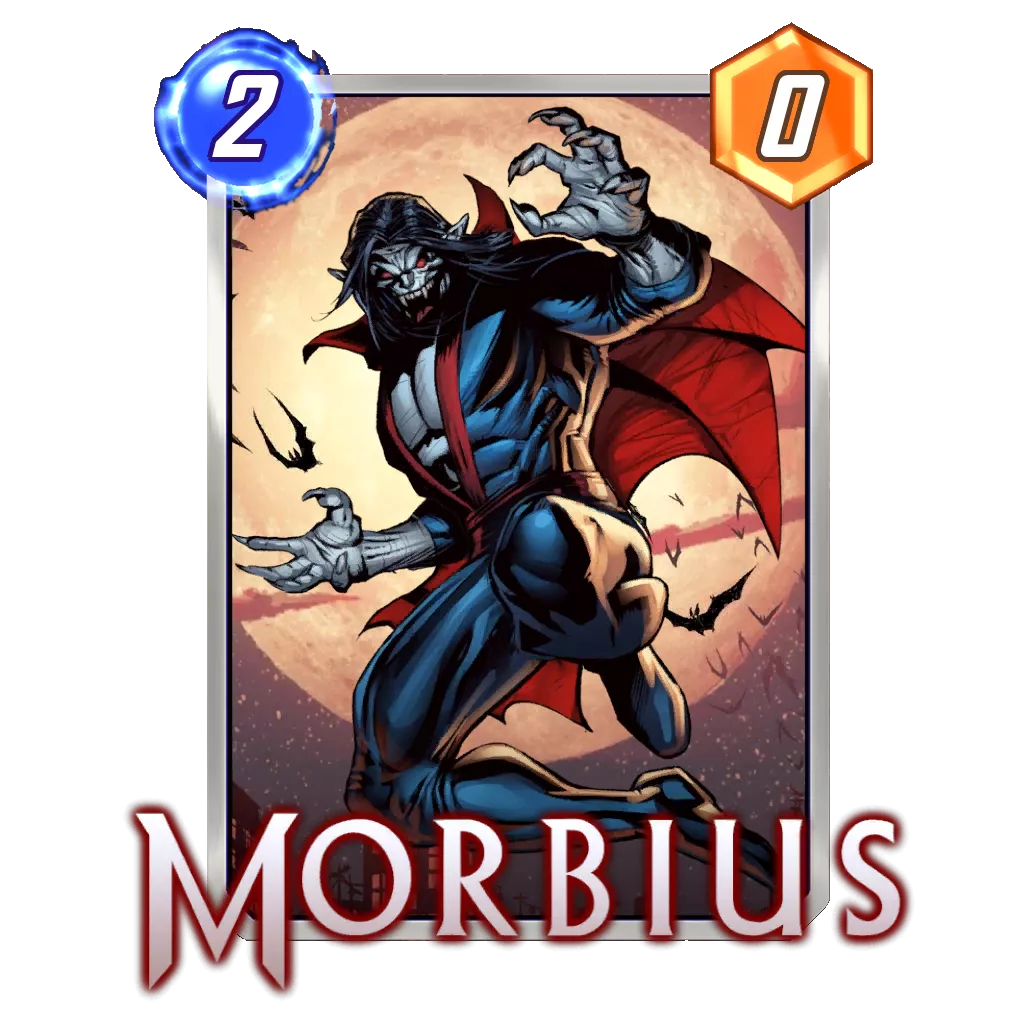






Deadpool Destroy:
Discard:
Sera Control:
‘Good’ Cards
In Snap metas of the past, it was perfectly logical and even strategic to create ‘pile’ style decks. It’s exactly like the name implies. Just create a pile of cards loosely correlated and assembled as a deck and queue up into the ladder.
- Step 1. Create a new decklist.
- Step 2. Add freestanding ‘good’ cards that have merit on their own without obvious synergies until there are 12 cards in your deck.
- Step 3. ???
- Step 4. Profit Cubes!
Good cards stand on their own and feel strong to play in most situations. Many good cards also fall into the core cards category.
Note that both Deadpool Destroy and Discard are highly synergistic decks. There are very few cards within their ranks that are truly ‘good’ cards that meet the standalone strength criteria and have merit when played in a vacuum. They do, however, offer many different ways to interact and synergize with all the moving pieces throughout the decks and extract value.
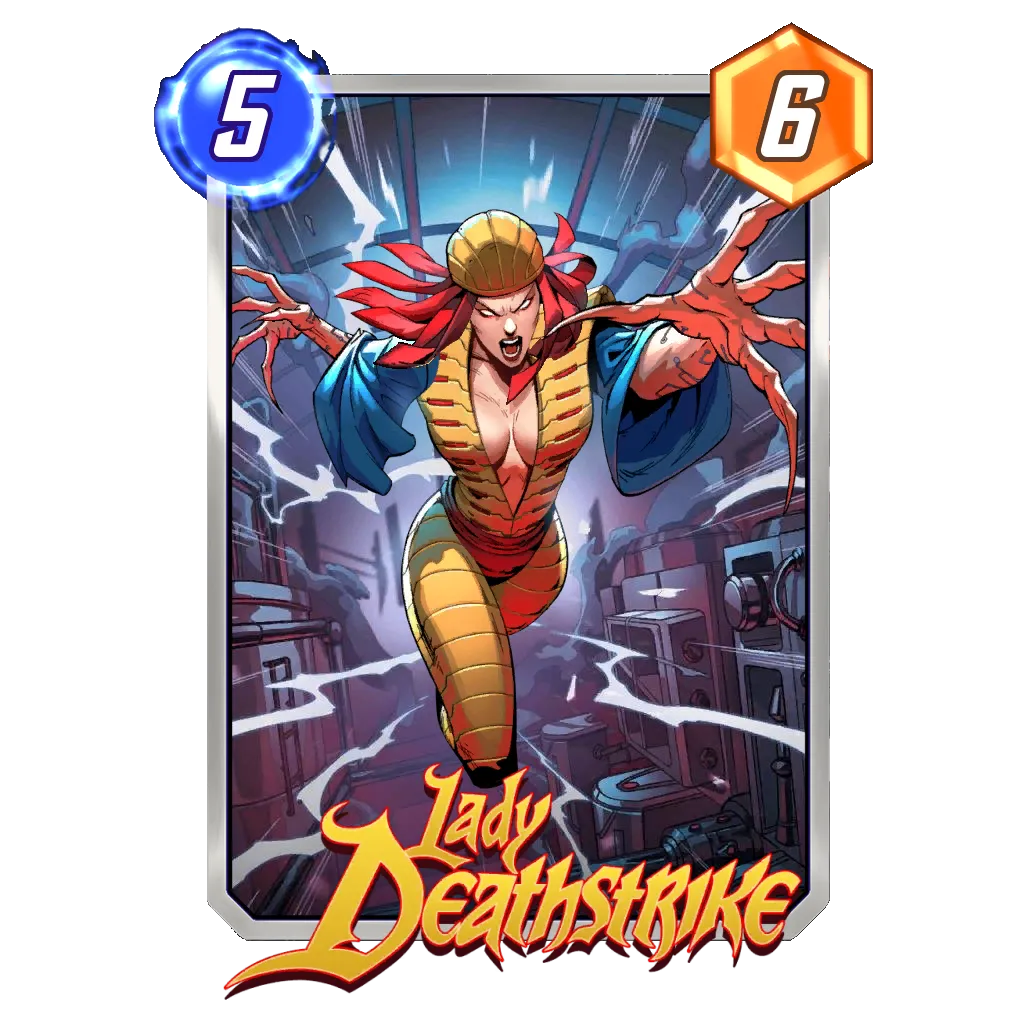







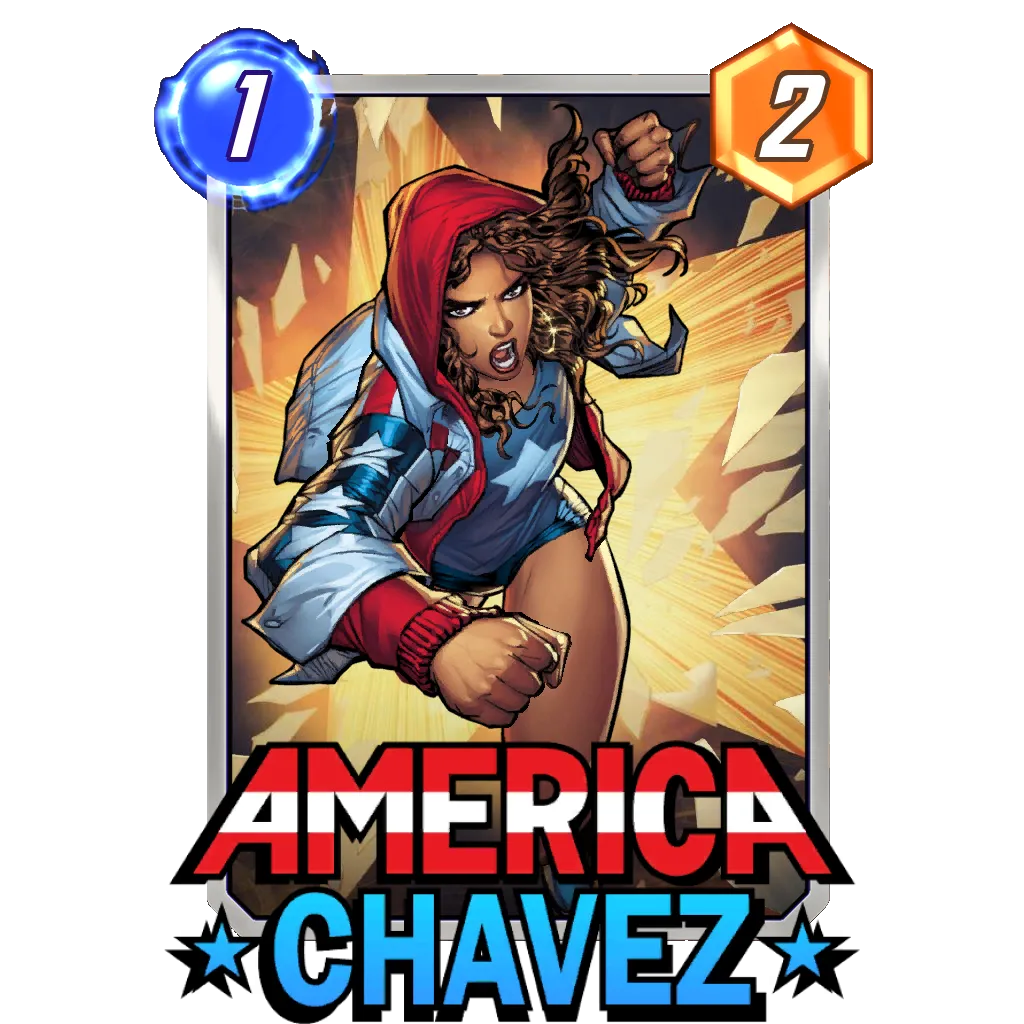









Deadpool Destroy:
Discard:
Sera Control:
Outside of these decks, cards like Lizard, Iron Lad, Crossbones, Professor X, Nebula, Darkhawk, Doctor Doom, Legion, Scarlet Witch, Captain Marvel, Jeff the Baby Land Shark, and Vision (amongst many others) are great examples of good cards that have standalone merit when played in a vacuum.
Anchor Cards
Anchors are declarative and committal cards that make your opponent aware of your intention to invest points in a particular location during the game. Oftentimes, they are played early in the match, but some Anchors can come down later in turns four or five. While Anchors often show your opponent where you plan to build your total power, they are often strong in their own right and are difficult to contest. Usually, anchor cards have a way of generating above-average power for their cost.
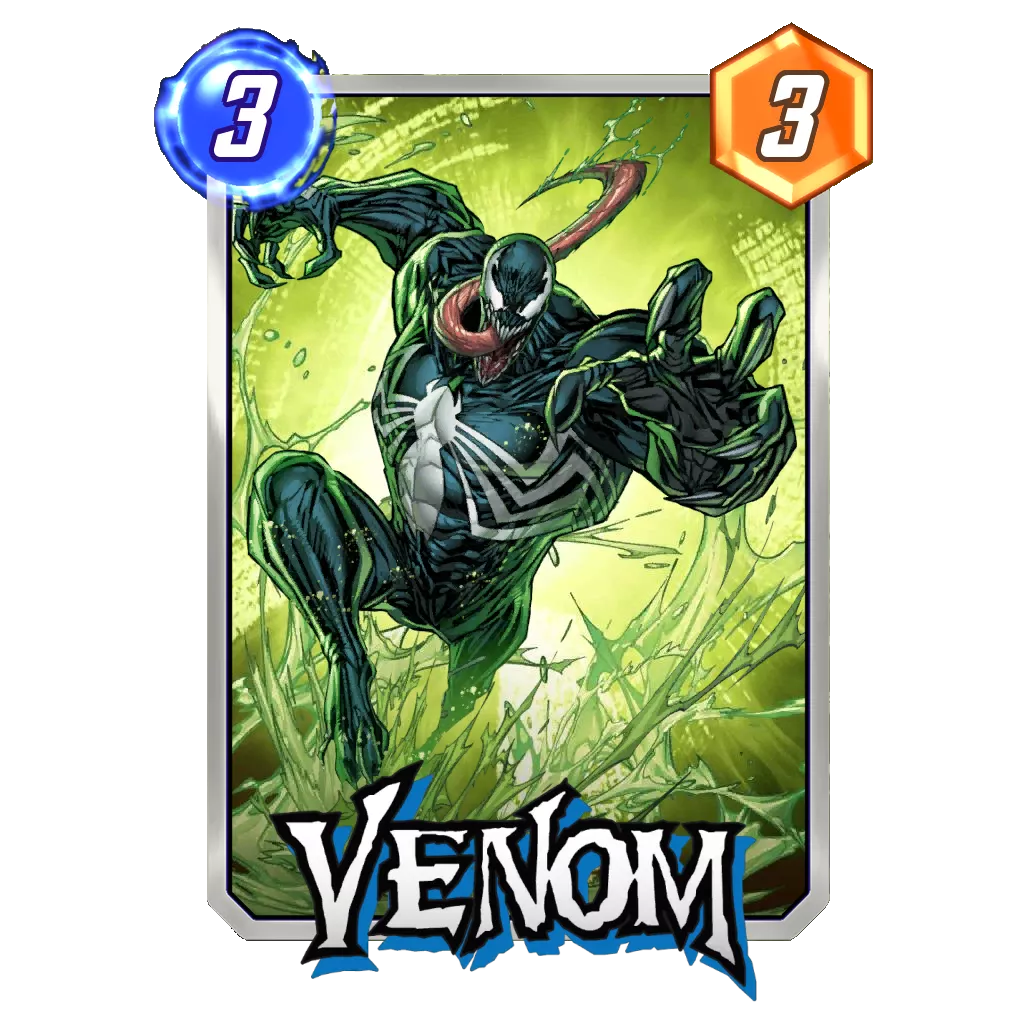










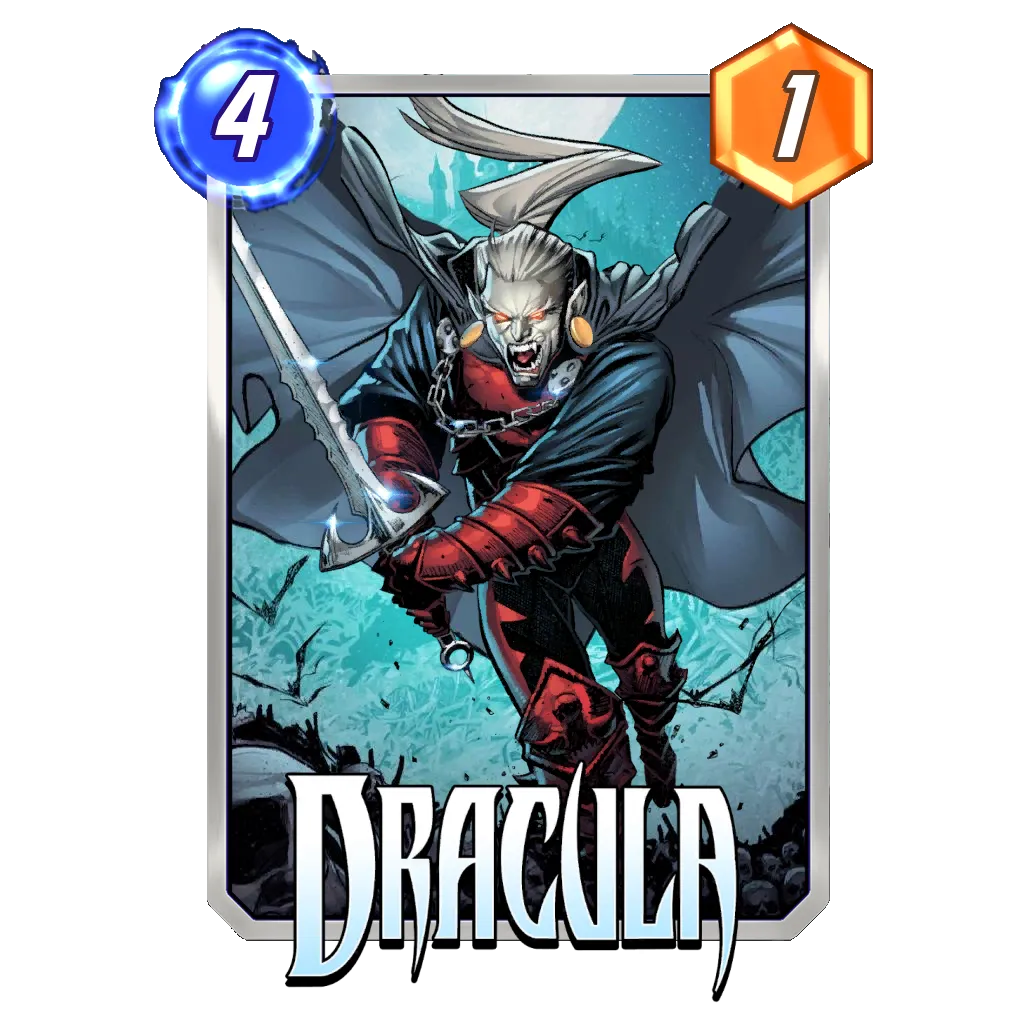









Deadpool Destroy: Wherever cards like Deadpool, Venom, and X-23 or Wolverine finish landing on turns four and five.
Discard:
Sera Control:
Tech Cards
Tech cards are cards that provide high utility and help counter certain archetypes or strategies. These are cards that can stop your opponent in their tracks or exploit a core weakness of their strategy. Tech cards are usually reactive, but many can be played proactively in hopes of blocking your opponent’s strategy on a later turn with Ongoing abilities. Tech cards can also help protect your own strategy from weaknesses or answers that may threaten what you’ve already done to sink points into a location.
The rule of thumb for tech cards is that they have some kind of protective or disruptive effect within your strategy.
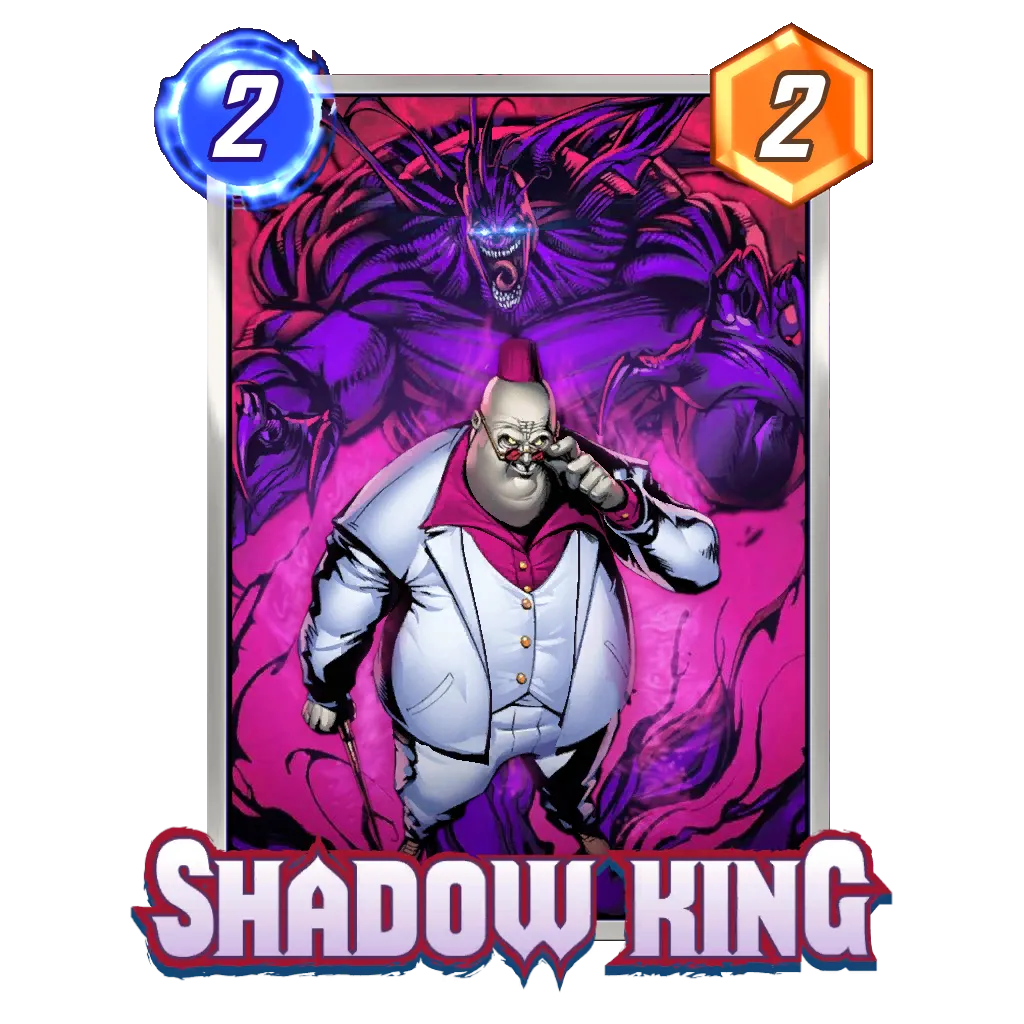




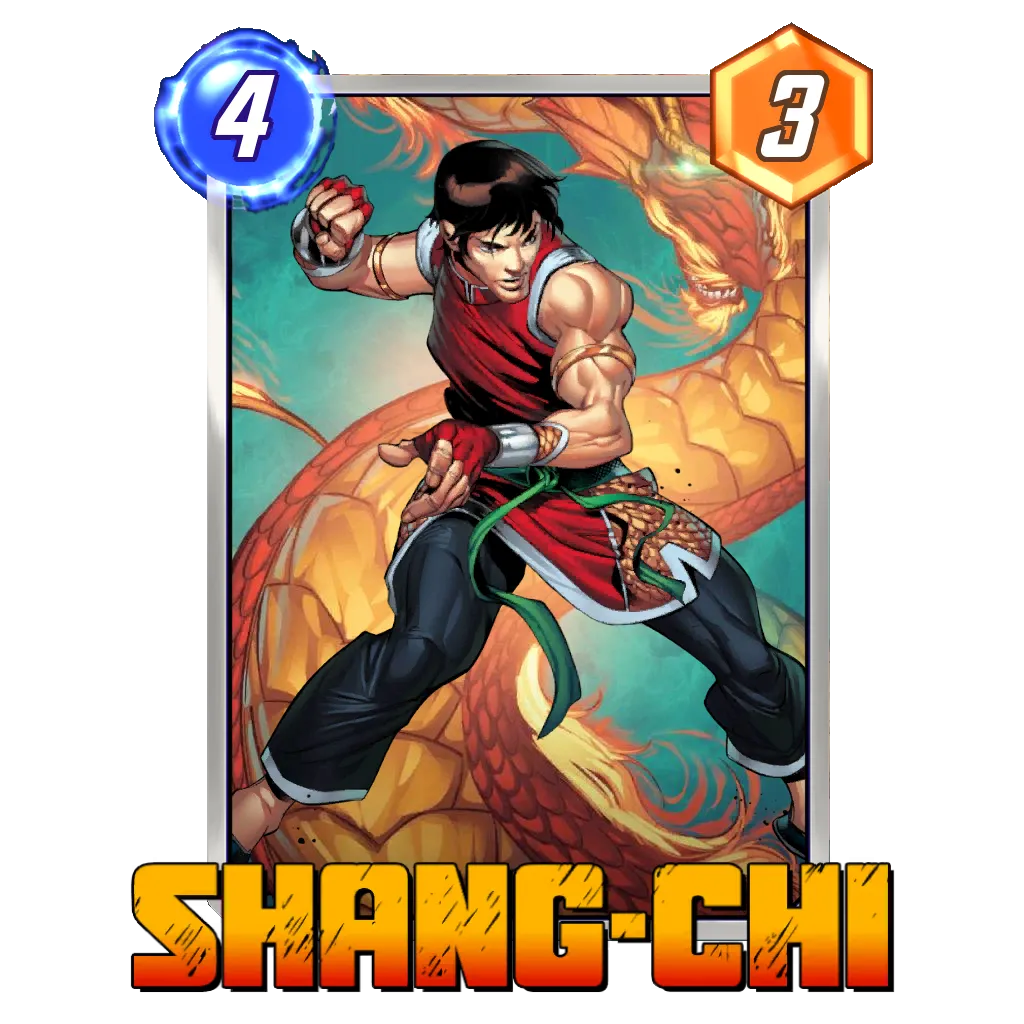











Deadpool Destroy:
Discard: None! Discard is a solitary deck that usually likes to just do its own thing and ignore interacting with its opponent’s strategy.
Sera Control:
Utility (Support) Cards
Utility cards provide flexibility and adaptability in situations. They allow you to keep different lines of play open and enable different avenues of play approach throughout your match. These are the cards that help prevent being locked into more linear play patterns and the cards that can keep your opponent guessing while you assemble your lines. Utility cards often play supportive roles in enabling or empowering your other cards, or opening up new functionality or play patterns within them.
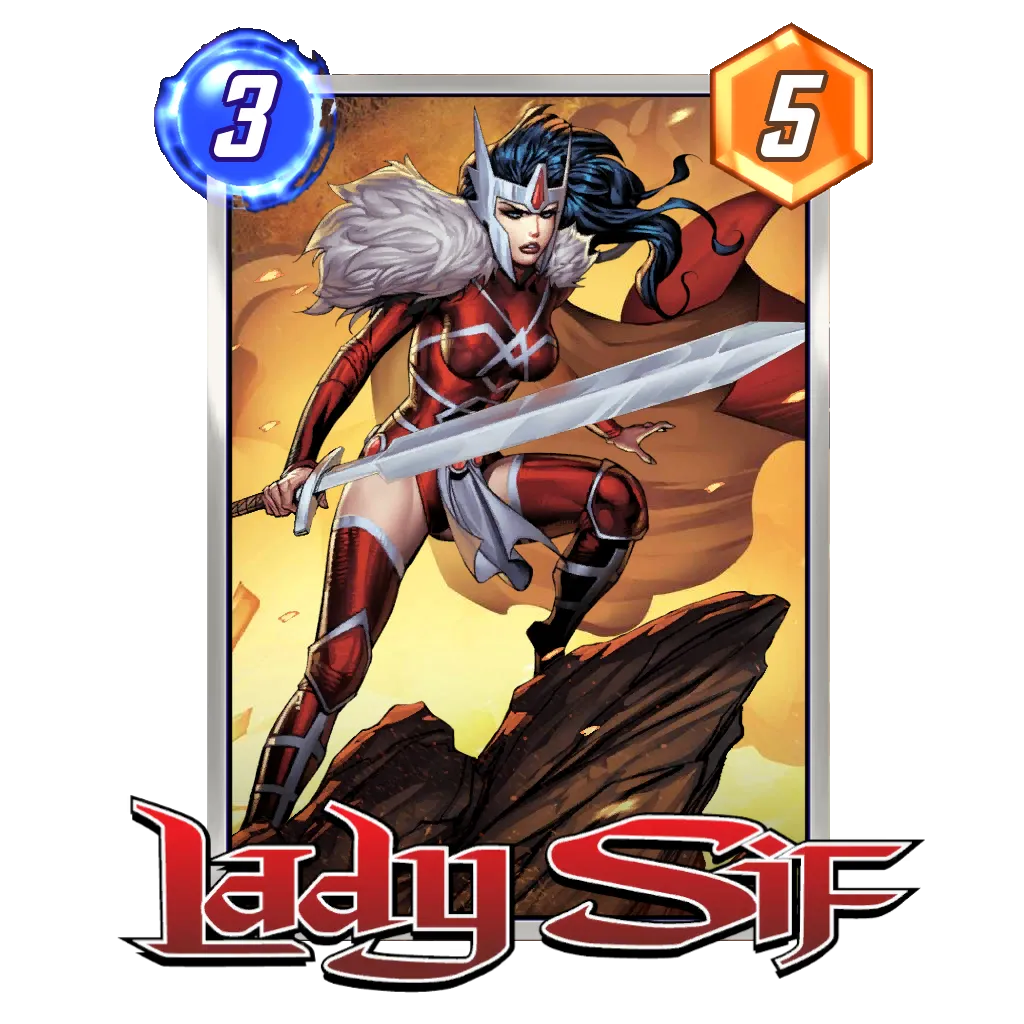









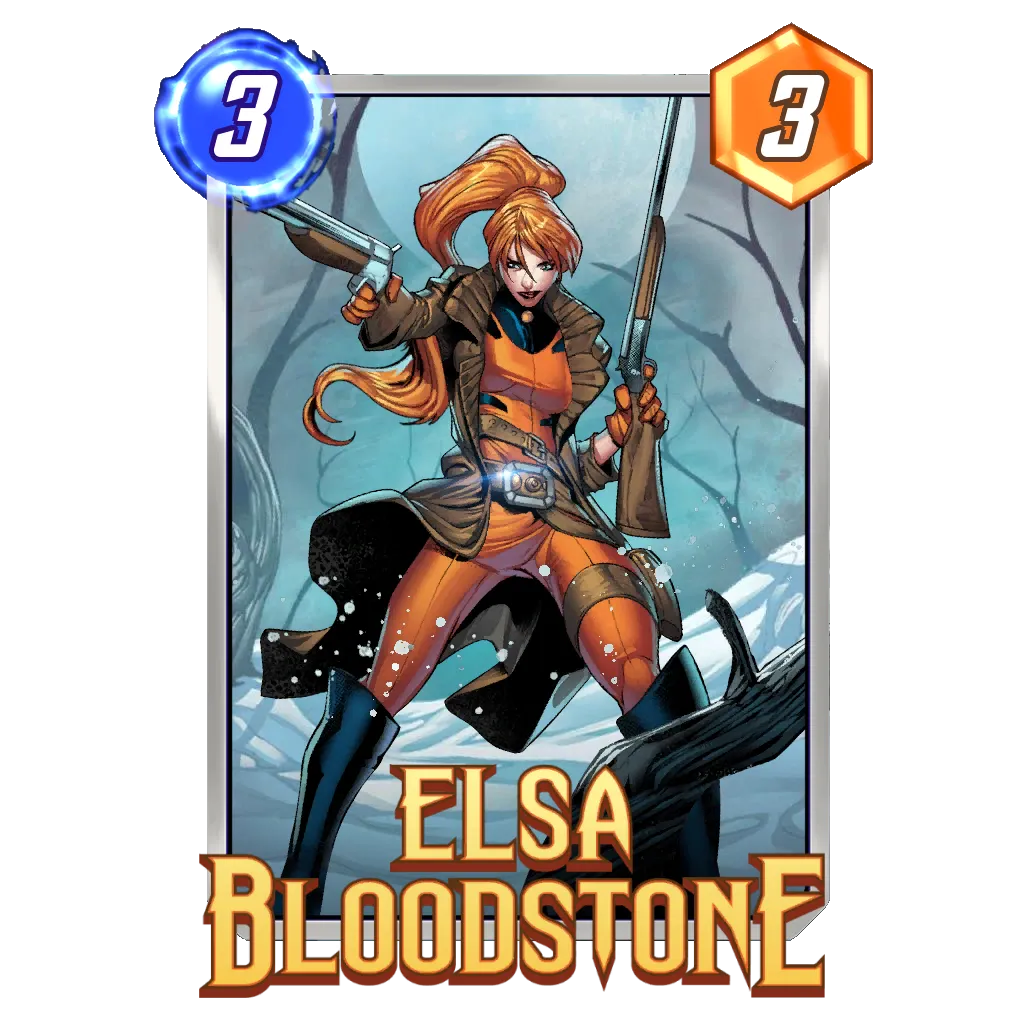





Marvel Snap contains many utility cards that alter the state of the game in interesting ways.
Deadpool Destroy:
Discard:
Sera Control:
One of my favorite utility cards (and vastly underrepresented cards in the meta) is Kang, the Conqueror. Unfortunately, Kang’s greatest drawback is how much time he adds to your games. It is great to win (and Kang can give you the information to accomplish this), but if you’re spending more time per game with the same effective cube rate, you’re ultimately obtaining less cubes. If your deck has room, Kang is potentially a better option for Conquest-focused decks as he can enable powerful mind games and the ability to win high-stakes matches.
Capstone Cards (Finishers)
Capstone cards or finishers are the cards that seek to close out the game on the final turns. They are your ultimate win condition and how your deck aims to close out and win the match when the dust settles and points are summed. Finishers look different in every archetype, but typically fall in the higher end of your deck’s curve. In reactive decks like Sera Control, oftentimes Shadow King and Shang-Chi are played as finishers as opposed to any big six-cost cards.
Sometimes, your win conditions may fall outside of the capstone or finisher card classifications. Cards like Storm and Professor X can win a lane on the spot (and greatly improve your overall odds of winning) in the middle turns of the game. They aren’t capstone or finisher cards necessarily, but are instrumental in securing the win. Every good Marvel Snap deck should include at least one capstone card to round out your win conditions at the top of the curve.











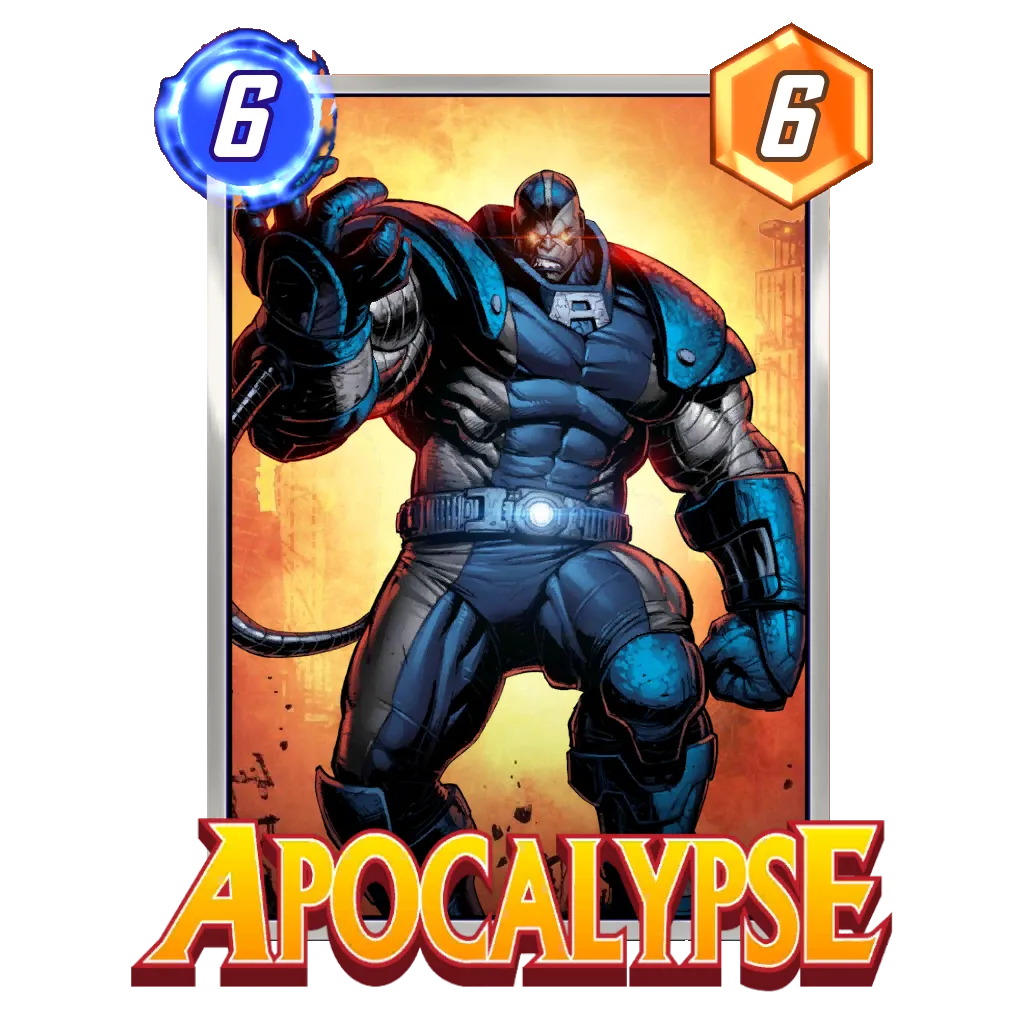








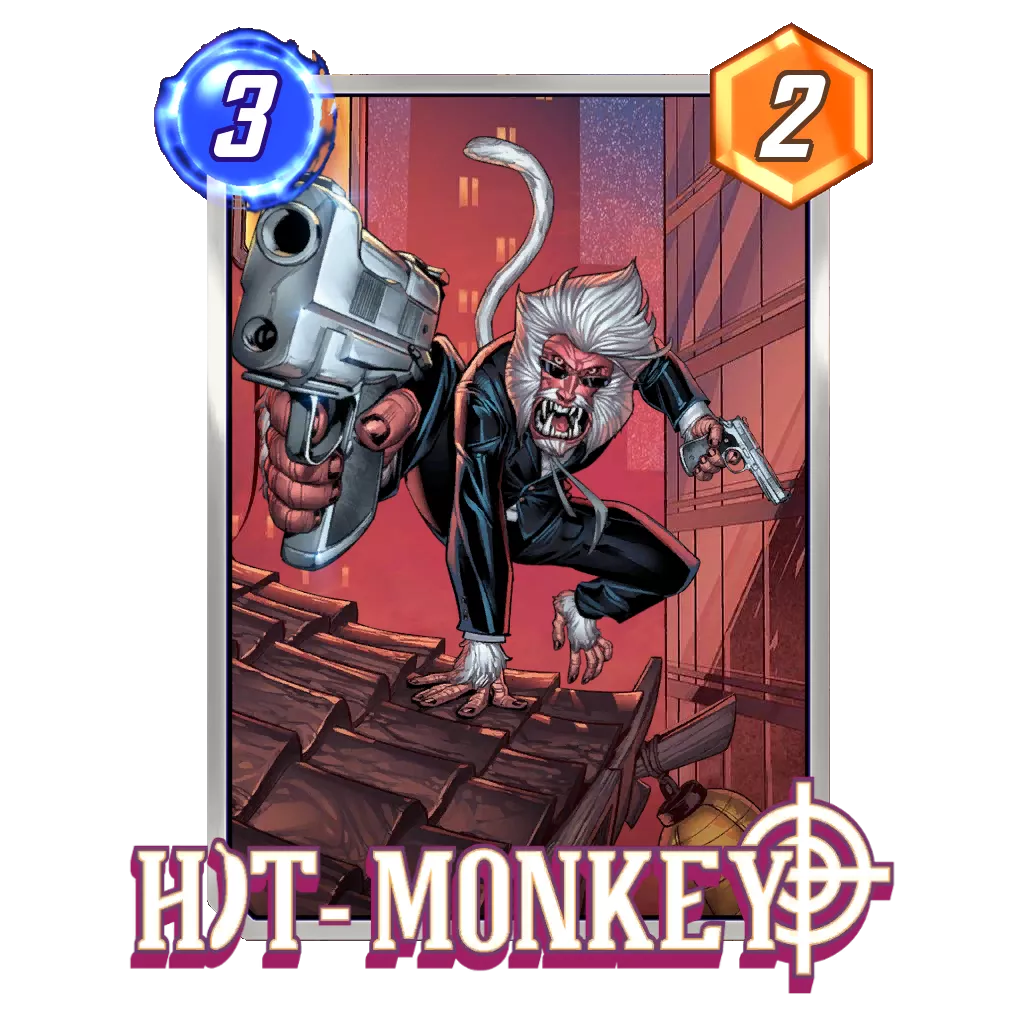




Deadpool Destroy:
Discard:
Sera Control:
- Hit Monkey
- Mysterio
- Shang-Chi
- Shadow King
- Rogue
- And any card that is juiced up from Elsa Bloodstone on the final turn of the game.
Conclusion
Deck building can be one of the most rewarding and fun parts of exploring any card game! I encourage you to build your own decks and experiment with new cards—it will do wonders in helping you improve your Marvel Snap game. This is a great primer to some of the roles cards perform within a Marvel Snap deck, but it’s far from a comprehensive and exhaustive list. The best way to get better at deck building is just to get started and experiment!
In a future article, I’ll explore more advanced topics like curve management, finding and playing synergies, and hypergeometric probability distributions and min/maxing certain outcomes.
Have any questions about deckbuilding or the roles cards play in Marvel Snap? Drop a comment below or follow me on Twitter!

⭐ Premium
Enjoy our content? You can Support Marvel Snap Zone and your favorite content creators by subscribing to our Premium community! Get the most of your Marvel Snap experience with the following perks for paid membership:
- No ads: Browse the entire website ad-free, both display and video.
- Exclusive Content: Get instant access to all our Premium articles!
- Meta Reports: Exclusive daily meta reports, such as the Ultimate Card Metrics Report, Top 10 Decks of the Day, Top 30 Cards, and Top Card Pairs tailored for you!
- Team Coaching: Join our free weekly team coaching call sessions on the Discord server. Claim your Premium role and gain access to exclusive channels where you can learn and discuss in real time!
- Premium Dashboard: Get full instant access to the member-only dashboard, the all-in-one page for all your benefits.
- Support: All your contributions get directly reinvested into the website to increase your viewing experience! You get also get a Premium badge and border on your profile.
- Special offer: For a limited time, use coupon code SBYREX4RL1 to get 50% off the Annual plan!
























